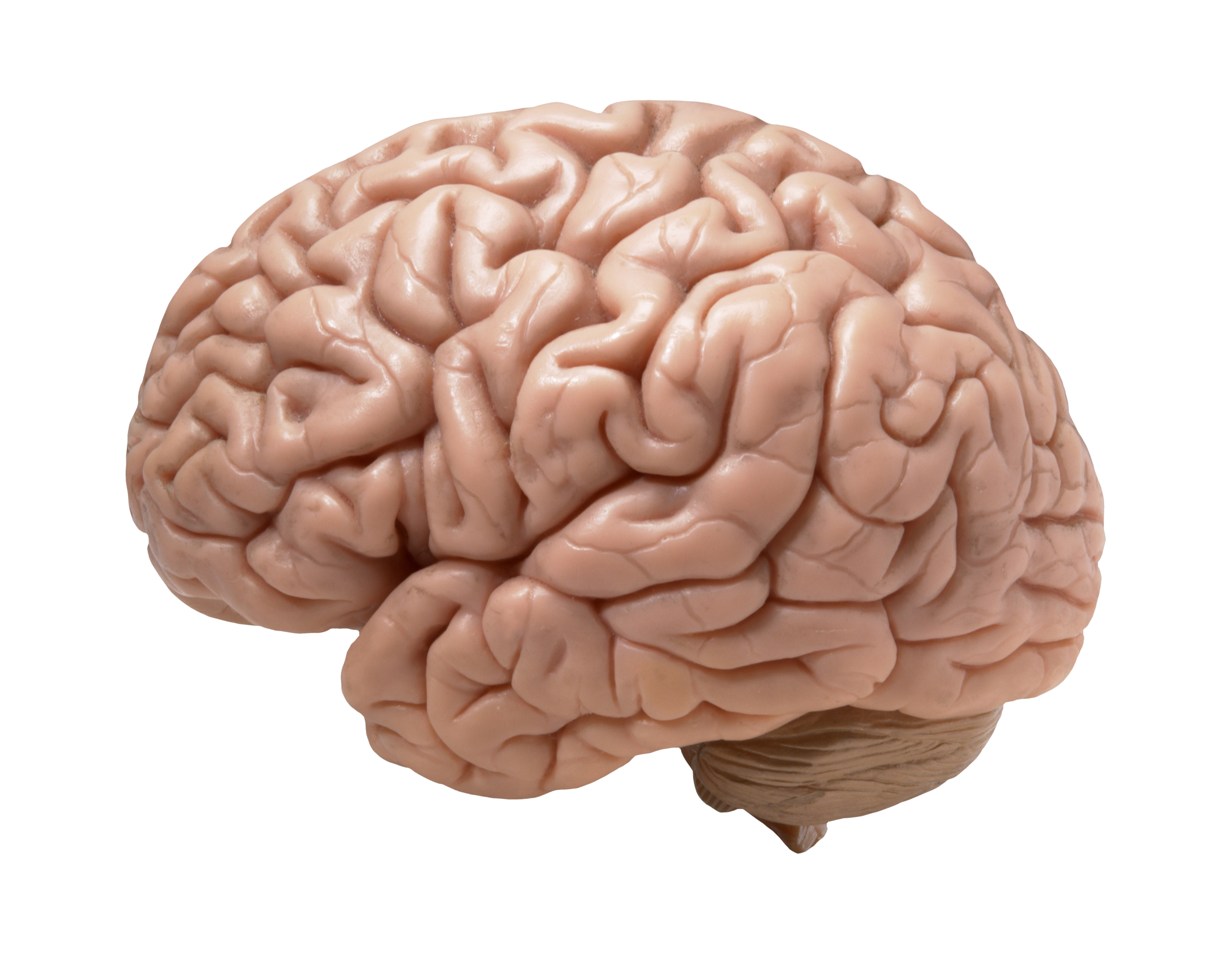 A possible problem with running marathons is short term kidney injury in the two days right after the race. A study of 22 runners in the 2015 Hartford (Connecticut) Marathon found that most of the runners temporarily developed acute kidney injury (AKI) directly after the race. The study main author Chirag R. Parikh, MD, PhD said: "The kidney responds to the physical stress of marathon running as if it's injured, in a way that's similar to what happens in hospitalized patients when the kidney is affected by medical and surgical complications".
A possible problem with running marathons is short term kidney injury in the two days right after the race. A study of 22 runners in the 2015 Hartford (Connecticut) Marathon found that most of the runners temporarily developed acute kidney injury (AKI) directly after the race. The study main author Chirag R. Parikh, MD, PhD said: "The kidney responds to the physical stress of marathon running as if it's injured, in a way that's similar to what happens in hospitalized patients when the kidney is affected by medical and surgical complications".
The runners studied fully recovered from the kidney injury 2 days after the event, but the study raises questions about the long-term effects for regular marathon runners, especially in warmer climates. Also, how about the effects of repeated marathons? The researchers say they can only speculate that marathoners adapt to the kidney injury, because they recover within 2 days. But they also pointed out that research has shown there are also changes in heart function associated with marathon running. Something else to keep in mind when considering training for marathons. From Science Daily:
Marathon running may cause short-term kidney injury
According to a new Yale-led study, the physical stress of running a marathon can cause short-term kidney injury. Although kidneys of the examined runners fully recovered within two days post-marathon, the study raises questions concerning potential long-term impacts of this strenuous activity at a time when marathons are increasing in popularity. More than a half million people participated in marathons in the United States in 2015.
While past research has shown that engaging in unusually vigorous activities -- such as mine work, harvesting sugarcane, and military training -- in warm climates can damage the kidneys, little is known about the effects of marathon running on kidney health. A team of researchers led by Professor of Medicine Chirag Parikh, M.D. studied a small group of participants in the 2015 Hartford Marathon. The team collected blood and urine samples before and after the 26.2-mile event. They analyzed a variety of markers of kidney injury, including serum creatinine levels, kidney cells on microscopy, and proteins in urine.
The researchers found that 82% of the runners that were studied showed Stage 1 Acute Kidney Injury (AKI) soon after the race. AKI is a condition in which the kidneys fail to filter waste from the blood. "The kidney responds to the physical stress of marathon running as if it's injured, in a way that's similar to what happens in hospitalized patients when the kidney is affected by medical and surgical complications," said Parikh. The researchers stated that potential causes of the marathon-related kidney damage could be the sustained rise in core body temperature, dehydration, or decreased blood flow to the kidneys that occur during a marathon. [Original study.]

 Once again, research supports that you should get off your butt and exercise! Or do a moderate to vigorous physical activity at least several times a week, which can include housework, gardening, dancing, swimming, or walking briskly. Most important is to MOVE. And why is this so important? Not just for physical health and prevention of certain diseases, but also for the health of your brain, especially as it ages.
Once again, research supports that you should get off your butt and exercise! Or do a moderate to vigorous physical activity at least several times a week, which can include housework, gardening, dancing, swimming, or walking briskly. Most important is to MOVE. And why is this so important? Not just for physical health and prevention of certain diseases, but also for the health of your brain, especially as it ages. Heart attacks run in the family? Does this mean you are doomed to also have a heart attack? Well, the good news from a large study is that a healthy lifestyle (with at least 3 of these 4 behaviors: not currently smoking, not being obese, regular physical activity at least once per week, and eating a good diet) lowers the risk of a heart attack by nearly 50% even in those with a high genetic risk for heart attacks. (This is compared to those with an unhealthy lifestyle, which is none or only one healthy behavior.) In this study a
Heart attacks run in the family? Does this mean you are doomed to also have a heart attack? Well, the good news from a large study is that a healthy lifestyle (with at least 3 of these 4 behaviors: not currently smoking, not being obese, regular physical activity at least once per week, and eating a good diet) lowers the risk of a heart attack by nearly 50% even in those with a high genetic risk for heart attacks. (This is compared to those with an unhealthy lifestyle, which is none or only one healthy behavior.) In this study a  Eating lots of fruits and vegetables (more than 10 servings a day!) is linked to better cognitive functioning in both normal weight and overweight adults (both young and older adults), and may delay the onset of cognitive decline that occurs with aging and also dementia.
Eating lots of fruits and vegetables (more than 10 servings a day!) is linked to better cognitive functioning in both normal weight and overweight adults (both young and older adults), and may delay the onset of cognitive decline that occurs with aging and also dementia.  Another study finding brain changes from playing tackle football - this time measurable brain changes were found in boys 8 to 13 years old after just one season of playing football. None of the boys had received a concussion diagnosis during the season. The changes in the white matter of the brain (and detected with magnetic resonance imaging (MRI) were from the cumulative subconcussive head impacts that occur in football - the result of repetitive hits to the head during games and practices.
Another study finding brain changes from playing tackle football - this time measurable brain changes were found in boys 8 to 13 years old after just one season of playing football. None of the boys had received a concussion diagnosis during the season. The changes in the white matter of the brain (and detected with magnetic resonance imaging (MRI) were from the cumulative subconcussive head impacts that occur in football - the result of repetitive hits to the head during games and practices.